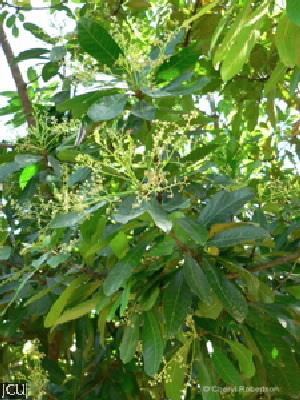Rank Species | Subfamily Anacardioideae | |
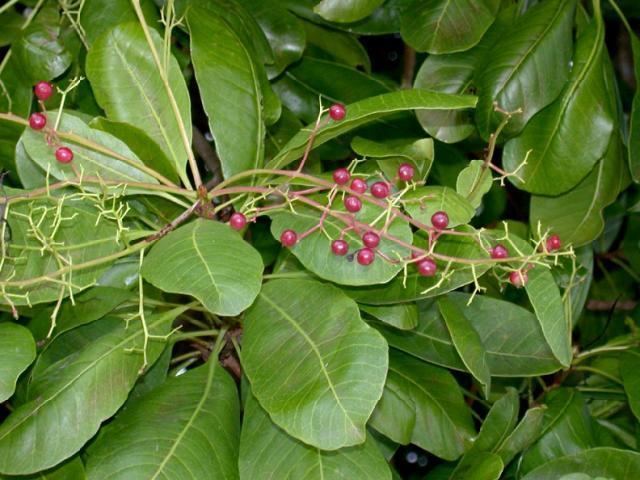 | ||
Similar Buchanania, Dracontomelon, Campnosperma, Semecarpus, Santiria | ||
Buchanania arborescens, Little gooseberry tree, is a small and slender tree native to monsoon forests of northern Australia, south-east Asia, and the Solomon Islands.
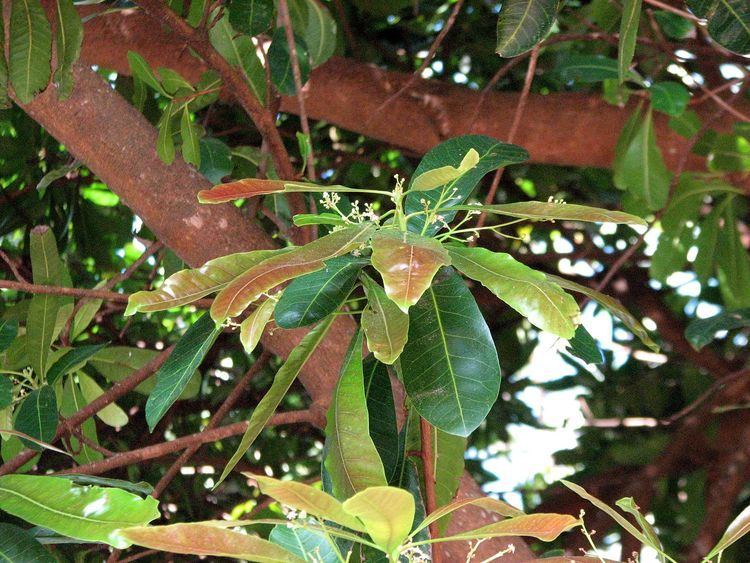
The leaves are spirally arranged, smooth, leathery, elongated oblong, 5–26 cm long. The flowers are very small cream to yellowish white. The edible fruit are globular, small (1 cm long), reddish to purple-black. These are eaten by Torresian imperial pigeons and other birds.
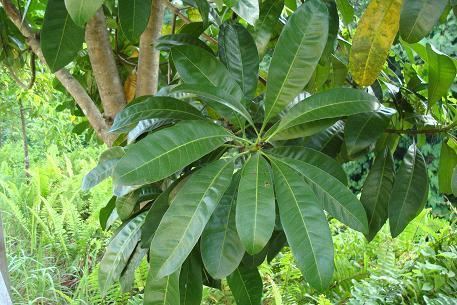
The species was formally described in 1826 by botanist Carl Ludwig Blume based on plant specimens collected from Java. Initially naming it Coniogeton arborescens, Blume transferred the species to the genus Buchanania in 1850.
In Australia the species occurs naturally across the northern extremities of the continent from Western Australia and across the Northern Territory to Queensland where it extends down the east coast as far south as Hinchinbrook Island.
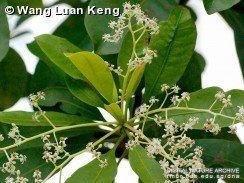
Uses

Aboriginal people eat the fruit raw. The plant is also used as a traditional medicine in Australia and Malaysia.
